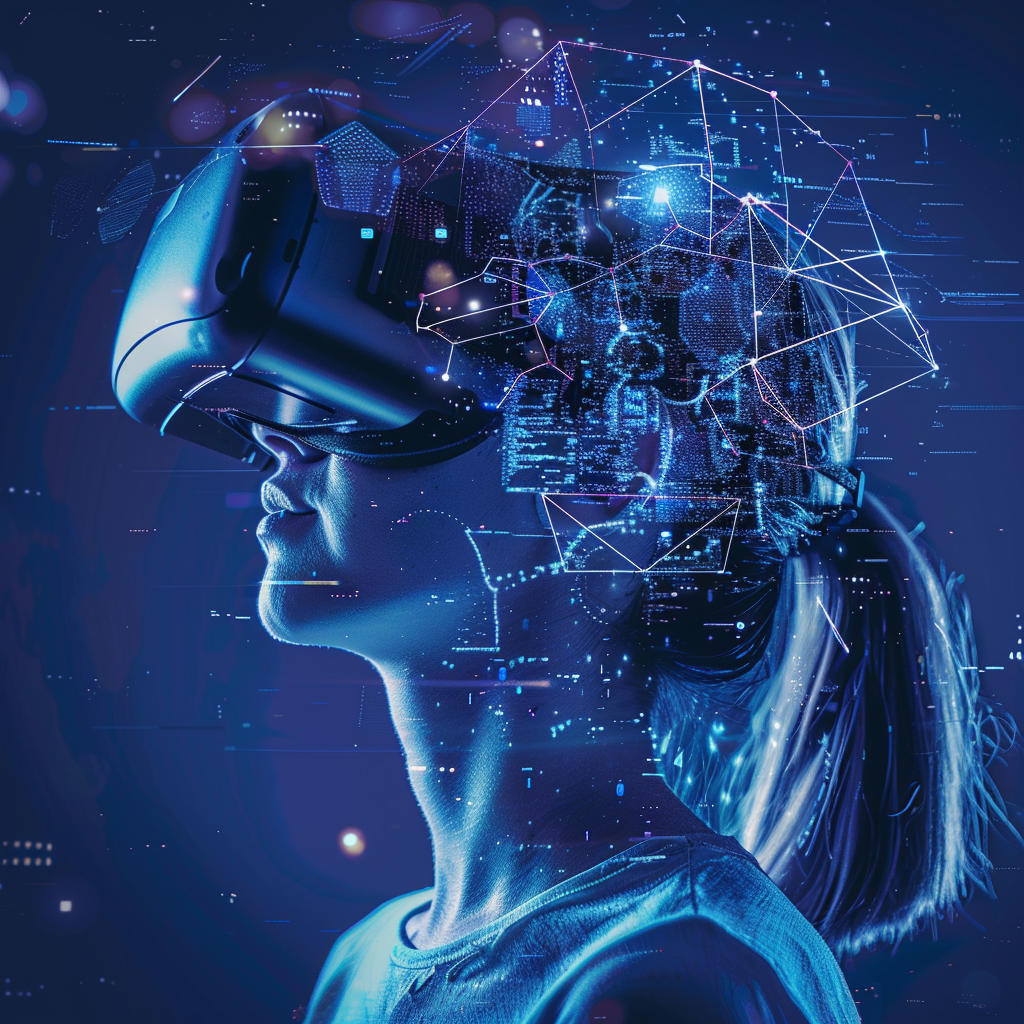
How Does Bitcoin’s High and Low Affect the Brain?
What has changed is the relationship that humans have with money. Simple experiments in psychology have indeed shown that because humans do not feel the physical property of money, this fact would influence economic behavior.
“Like the Internet, Bitcoin will change the way people interact and do business around the world”. (Erik Voorhees)
In the previous article, I discussed neuroeconomics and why it offers an opportunity to think differently about economics and decisions. Particularly, neuroeconomics was proposed to develop conventional theories in economics further, fostering financial and business strategies by gaining insight into those neural mechanisms behind choices and behaviors.
Moreover, the role of intertemporal choice, social influences, risk, and uncertainty in decision-making was explained while demonstrating the complexity of decision-making in economics. Insights from Jonathan Cohen, co-director of the Princeton Neuroscience Institute at Princeton University, were outlined, highlighting how neuroscience, psychology, and economy combine to explain how economic decisions manifest in the human brain. Lastly, a mathematical approach to economics based on neural data was presented. The interplay between emotion, cognition, and automatic/controlled processes was discussed in relation to the economic analysis.
In this article, I will connect neuroeconomics with the concept of exponential organizations. Particularly, based on the emerging growth of technologies entering each aspect of our daily lives, I will discuss how the brain perceives money in the era of cryptocurrency and which types of behaviors are activated. Therefore, I aim to stimulate entrepreneurs or anyone growing a business to gain insights from neuroeconomics while expanding the future of economics.
Building ExOs through neuroeconomics?
How is exponential growth changing our world and how ExOs thrive in this new world?
Today, the world is 10x times different from 20-30 years ago. A fact of its singularity is the rapid growth of innovative organizations that develop faster than their peers, leading to new business opportunities and advantages. A recognizable cause for these rapid changes is explained by Moore’s law and its unstoppable doubling pattern, even if our linear thinking and cognitive structure do not allow us to see and understand this trend.
Dozens of technologies are evolving in parallel following this doubling pattern, and thus, when these advanced technologies meet and intersect, they give rise to several applications. Considering what Peter Diamandis defines 6Ds, any digitized technology becomes disrupted. Why? Because marginal costs shift to zero, a domain quickly explodes, and the problem domain changes from analog to digital, generating different challenges. In this framework, to catch up with innovation, organizations would have to adapt their current business model from a perspective of scarcity to the principles of abundance. This has been called a “Gutenberg moment” that requires organizations to develop adaptability, flexibility, agility, and speed, therefore becoming exponential (ExOs).
Brain research and blockchain technologies
Among technologies, blockchain has been developed to enable the existence of cryptocurrency, representing the most significant innovation in finance. Hence, Bitcoin is one of the most known types of cryptocurrency and for which blockchain technology was invented. Indeed, in a digitized world, Bitcoin is a decentralized digital currency that can be transferred on its network and in which transactions are verified through cryptography and recorded on a blockchain.
But how does bitcoin’s high and low affect the brain?
The price of bitcoin fluctuates up and down, from $200 to $400 in 2015. The brain is responsive and sensitive to this market manipulation because the price constantly changes. Therefore, researchers conducted several studies analyzing the stock market's effects on the human brain (and vice-versa). The behavior related to the stock market is the outcome of the collective decision-making process, where decisions result from physiological processes. Thus, compared with the price of a stock, Bitcoin price is largely a function of the decisions people make.
Dr. Gregory Berns, a neuroeconomist and director of the Center for Neuropolicy at Emory University, suggests that information and expectation are essential when investigating how neurons respond and relate to the market. Accordingly, information guides expectations, and based on what an individual expects (e.g., Bitcoin may skyrocket or crash), a specific region of the brain, called the striatum, would respond differently. Hence, the striatum, which is also related to decision-making processes, also has a high concentration of dopamine receptors. Therefore, neuroscience might explain why Bitcoins show this trend.
In this context, neuroeconomic methods can respond to many ethical concerns. Sergey Ivliev, Candidate of Sciences (Economics), Associate Professor at the Perm State University, and Vice CEO for research in Prognoz Company, talked about bitcoin and its future at the Perm Workshop on Applied Economic Modeling. Initially seen as a controversial innovation, a few years later, bitcoin technology became the new trend in finance while expanding very quickly. Sergey Ivliev explained that bitcoin is an alternative payment system that allows making transactions without a mediator, thus reducing commissions for online operations. A decentralized administration and irreversible transactions system made of different, structured steps such as an agreement for the offer, deal message, signature, transfer, verification, and completion of the deal.
Dealing with the new cryptocurrency 2.0 means interfacing with money's different and complex nature. Hence, neuroeconomics would provide insights into neural correlates of value and reward. It would do this by investigating how the human brain classifies the concept of value, from an economic to a more symbolic point of view. And by showing that old neural circuits, previously processing natural items, have been reused to process money. This demonstrates how money is central in human life, and even with our biology.
How does the brain perceive money in the era of cryptocurrency? Many believe, crypto and credit cards are not the dematerialized version of money, which are new technologies of material information (that is money). Nevertheless, what has changed is the relationship that humans have with this different materialization of money. Simple experiments in psychology have indeed shown that because humans do not feel the physical property of money, this fact would influence economic behavior (e.g., the tendency to spend more when using credit cards).
For more insights about the neuroeconomic approach to money, from money recognition, individual and cultural perception, awards and risks, biomarkers, age-related and disorder’s attitude toward money, read here.
Are you now convinced that neuroeconomics may help grow your business or necessary to expand the future of ExOs?
“Natural science has moved ahead by studying progressively smaller units. Physicists started out studying the stars, then they looked at objects, molecules, atoms, subatomic particles, and so on. My sense is that economics is going to follow the same path. Forty years ago, it was mainly about large-scale phenomena, like inflation and unemployment. More recently, there has been a lot of focus on individual decision-making. I think the time has now come to go beyond the individual and look at the inputs to individual decision-making. That is what we do in neuroeconomics.” (David Laibson)
Disclaimer: The views expressed here are not those of OpenExO Inc., its members, affiliates, or associates. The content is provided for informational purposes only, and should not be relied upon as legal, business, investment, or tax advice. You should consult directly your own appropriate advisors and professionals as to those matters.

ExO Insight Newsletter
Join the newsletter to receive the latest updates in your inbox.









